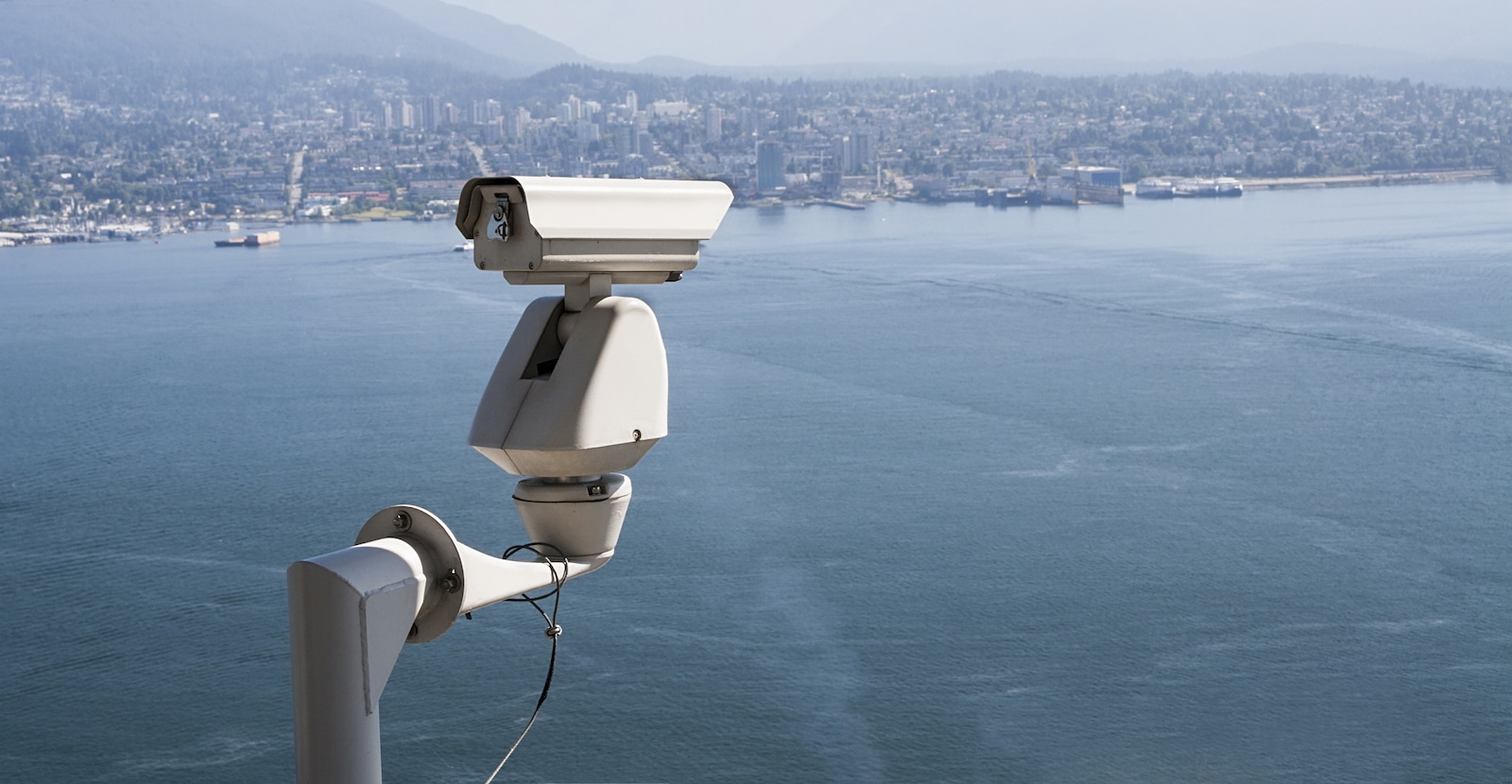The last two years has seen a slowing down in revenue growth of the world’s video surveillance business, whilst at the same time the supply structure has become unbalanced as two Chinese companies that were only formed relatively recently (and not even regarded as serious competitors by most suppliers only six years ago), are now starting to dominate the market. There is little indication that leading western manufacturers will soon find a solution to redress this balance.
Hikvision and Dahua are going for volume business and are backed up by a profitable home market and copious financial resources (in the case of Hikvision the Chinese government are a major shareholder). They are able to continue reducing prices and adding further market share.
Hikvision is by far the larger of the two companies with a world market share of around 26%, whilst Axis Communications the largest western manufacturer of IP video surveillance equipment in 2015 had a share of around 5.5%. Whilst there is some doubt that Hikvision sales only include product sales, the market share gap will widen by the end of 2016.
If we now translate these figures into volume of product then the difference will further widen and then a much clearer picture of their longer term strategy can be seen, because scale becomes critical as commoditization takes hold.

We will in our 2016 annual report (to be published Q4 2016) review how the chip manufacturers are going to have a major influence in further advancing the “siliconization” of video surveillance cameras.
This has been taking place over the last few years with the functionality of complex megapixel cameras becoming integrated onto chips. Chipset providers, such as Ambarella and Hisilicon, are able to deliver their customers megapixel and sophisticated camera functionality in chips today. You can expect them to advance this technology rapidly.
The two largest Chinese manufacturers of video surveillance cameras have achieved volume production on the back of their protected home market that is the largest single market in the world. They have gradually introduced new features across the whole range of cameras not just necessarily producing the optimum for a particular application. A good example of this is InfraRed (IR) being integrated in many cameras.
A recent survey by IPVM has shown that the use of cameras deployed with Integrated IR has doubled in the last two years and more important almost half of the system integrators interviewed bought integrated IR cameras whether they needed them or not because they did not cost much more, or any more, if purchased from China. Chinese manufacturers have led the market in adding integrated IR to megapixel cameras.
Price is not king in western markets but cost of ownership made up of many factors is. Hikvision in particular has set up distribution networks in North America and Europe that provide full backup services and their product quality and features are now well accepted.
If western manufactures cannot meet their selling prices then many will see their market share decline. Our report will review business models that could help to alleviate the problem but we believe that the only solution in the short term is merger and acquisition to create scale. This is critical to meet the requirements of commoditisation.
[contact-form-7 id="3204" title="memoori-newsletter"]



